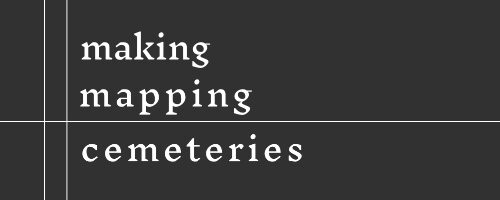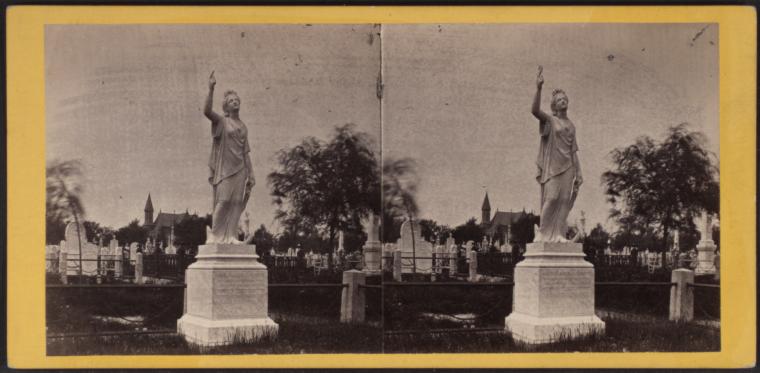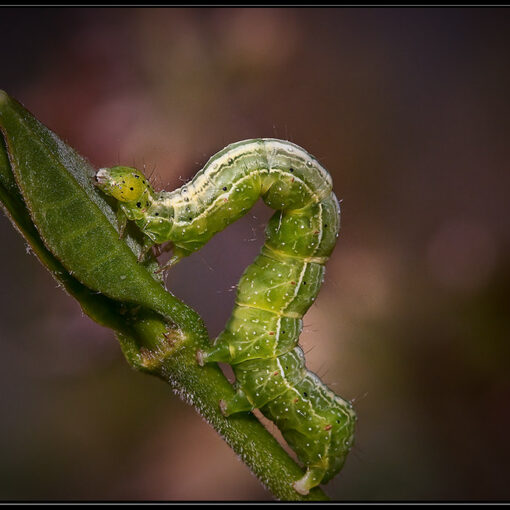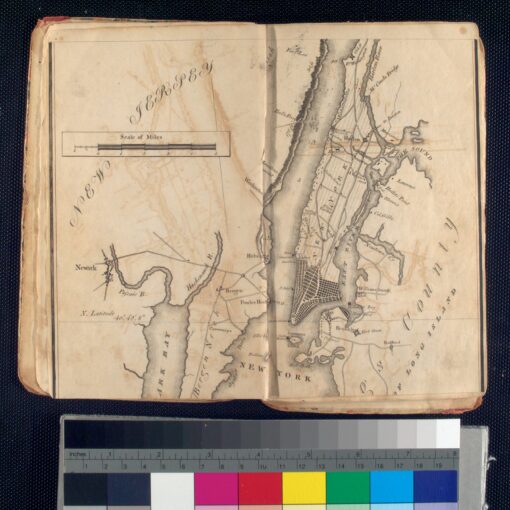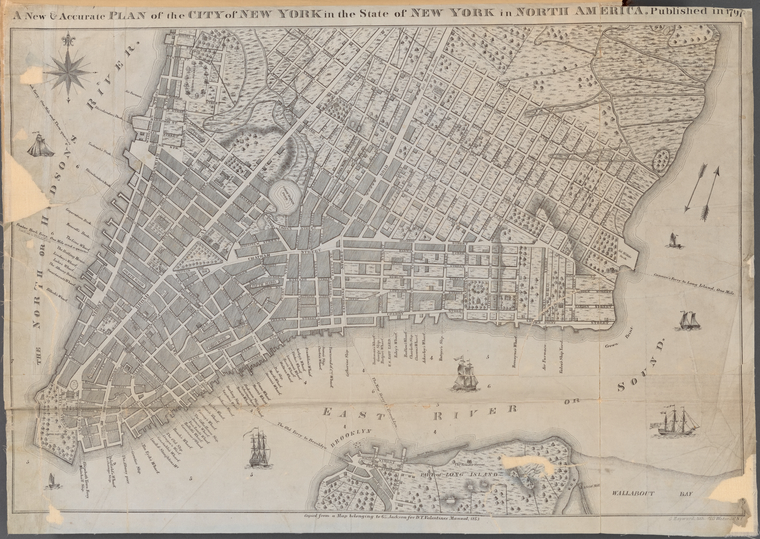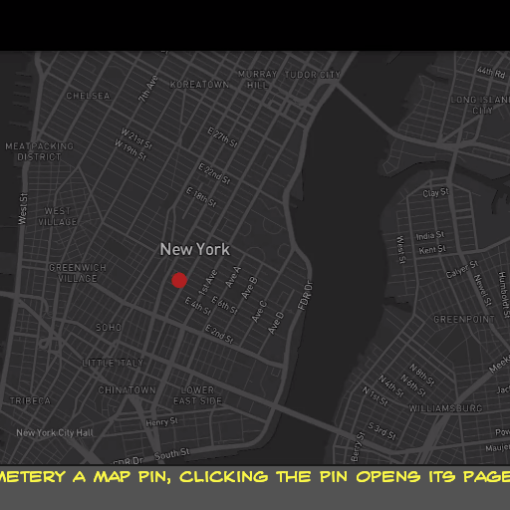Team Members and Roles
Name: Brianna Caszatt
Primary Role: Project Manager
Secondary Role: Web Development, Mapping
Cemetery: Cemetery that was repurposed as a public park
Name: lane vineyard
Primary Role: Outreach, Social Media
Secondary Role: Design
Cemetery: Cemetery that was repurposed and later rediscovered and exists again as such
Name: Lisa
Primary Role: Design, Testing
Secondary Role: Documentation and research
Cemetery: War memorial
Name: Asma N.
Primary Role: Audio, Text Analysis
Secondary Role: Accessibility, Data Storage
Cemetery: Cemetery that was repurposed for private development
Name: Nadia El Mouldi
Primary Role: Web Development, Mapping
Secondary Role: Social Media, Outreach
Cemetery: Historical cemetery that still exists as such
Abstract
Death is an inescapable and universal part of being human, but the rituals and care provided by the living to their dead are shaped by many changing factors, including emotional, physical, financial, societal, and spiritual/religious. Cemeteries are one type of designated space created by the living for the care of the dead. War memorials, at least in part, also represent an act of care, although they are less often tied to the resting place of physical bodies. There’s an inherent tension between remembering and forgetting that happens in these places, with human memory and markers both subject to erosion. Within a city like New York, a large population confined by a definite geographical area adds to this tension. A population of this size necessarily requires the care of a larger number of dead, and it also means that the physical space allotted for the dead competes with the space allotted for the varied activities of the living.
This multisensory project aims to explore cemeteries and memorials as part of the infrastructure of the city, creating a dialogue between the city of the living and the city of the dead and the spaces in between. To facilitate this dialogue we will offer our audience multiple access points, through an interactive timeline, a scrolling narrative, audio storytelling, mapping, and other data visualizations. As a proof of concept, we are focusing on five different types of cemeteries and memorials that we feel showcase different facets of the “deathscape”–a landscape both physically represented by burial sites and monuments and notionally represented by the practices of care related to death and memorialization. These five types are as follows:
- a historical cemetery that still exists as such
- a cemetery that was repurposed for private development
- a cemetery that was repurposed as a public park
- a cemetery that was repurposed and later rediscovered and exists again as such
- a war memorial
Building this project now and exploring our ever-evolving relationship with the deathscape both past and present holds great significance as we are still experiencing the effects of the COVID-19 pandemic and trying to understand how it is reshaping New York City.
Intended Audiences
The intended audiences for this project are scholars and the general public interested in the following:
- cemetery studies
- memory studies
- necropolitics
- urban planning
- New York City history, especially of the forgotten or overlooked variety
- walking tours and alternative forms of tourism
Contribution to Digital Humanities
This project will help humanities scholars, cemetery studies scholars, local historians, and all interested New Yorkers explore questions related to urban planning and sustainability and also questions about belonging, community building, and how power structures determine who “deserves” to be remembered and the impact these decisions have on living populations. The story portion of the project seeks to explore changes in the deathscape as they relate to the history of the city. For the locations that have changed, we want to explore what considerations went into repurposing the land from cemeteries to other uses. How were these proposals first brought forward, and by who? City design is a type of infrastructure, and the decisions on how to build it and how to alter it are necessarily political (Star 1999). As much as infrastructures are built to be of service to people, they also impose limitations on how we interact with and experience them (Gil 2016). How people live and die in the city affects and—perhaps more so—is affected by its landscape.
This initial phase of the project also seeks to find a basis for possible trends comparing cemeteries that were preserved and the ones that were obliterated. How does the repurposing of these spaces reflect both historical and current power structures, and what are the implications for the surrounding neighborhoods? In the case of cemeteries being converted to public parks, even if a public park could be argued to enrich the public at large, its creation likely also substantially increased the private wealth of those who bought and developed the land around it. So what ultimately is the public good—how is it defined and by whom? This project will help users explore these land use transitions and the relationships between private and public spaces further. In addition, there are repurposed cemeteries where the bodies have not been moved and the sites remain unmarked. What does this collective forgetting—in some cases purposeful—of a cemetery mean for living descendants, and how do cemeteries and memorials contribute to our understanding and claims of belonging to certain communities and specific locations?
Environmental Scan
There is much interest in cemetery studies as it relates to personal genealogies and family histories. This project will view cemeteries on a larger scale and view them in relation to and as part of the urban landscape in New York City.
The New York City Cemetery Project, created by anthropologist and museums and archives specialist Mary French, comprises archival research and a narrative snapshot for each cemetery, accompanied by historical images, newspaper clips, and snippets of maps, for approximately 350 cemeteries in the city dating from the colonial period onward. It is a tremendous project offering a wealth of knowledge on the cemeteries she has researched; however, the blog-like presentation of the information doesn’t easily allow for examination of the cemeteries in comparison with one another or an understanding of the physical spaces they occupy or occupied in relation to the city as a whole.
In her anthropology PhD dissertation for The Graduate Center, City University of New York, Elizabeth Meade sets about providing the most complete record of historical cemeteries in the five boroughs. She admits that her study is incomplete as it includes only cemeteries that were intentionally built and recognized as such. It is also based on the historical records available from the colonial period onward, and so excludes the burial activities of indigenous people pre-contact. Furthermore, as record-keeping and preservation are timely and not without significant costs, much of the available records likely skew toward cemeteries and groups of European descent with means. Her dissertation presents the maps in segments (as a limitation of the size of the page), but she also has built a website with the full map. It is an impressive undertaking to be sure, but the user experience of the deathscape is currently limited to a traditional, aerial-view map that includes little else of the city. Our project seeks to create a fuller user experience by sharing the deathscape through an interactive timeline, story scrolling, and audio narrative. As much as we may incorporate maps, we also want to challenge the ways in which we can visualize and experience the deathscape in relationship to the rest of the New York City landscape.
We’re also expanding on the projects listed above by including a war memorial as a way to further explore the notional aspects of the deathscape. Although these memorials are physically part of the landscape, they often memorialize bodies that died elsewhere; they are spaces imbued with death without having served as a home for the dead.
Work Plan
We have established a collaborators agreement, which outlines the roles we have taken on and the ways we will work together. As much as possible we are using a private group in the CUNY Academic Commons for our communications, with organized forum threads, and we’re also using the built-in calendar to keep track of major deadlines and the library to organize and archive all of our documentation. We also have a Zoom chat, our Discord channel, and email if more urgent communications are needed. In addition to using our class for synchronous working time, we are also meeting on Tuesday evenings.
We are determining what aspects of our chosen cemetery/memorial we are most excited about, and how we can create a narrative from there.
Technologies Used
We have moved away from mapping as the main objective of our visualization. We are investigating interactive timelines (e.g., Tiki-Toki and TimelineJS), as well as scrollytext and audio tools to create written and oral/aural narrative. We may still include some mapping component (e.g., Mapbox or StoryMapJS), and we are also investigating ways we could incorporate our work into a walking tour (e.g., Clio). We are also investigating where our website will live (e.g., as a WordPress site on the Commons, on GitHub, or a different hosting site).
Final Product and Dissemination
The team will present and demo our final project on May 13 as part of The Graduate Center’s Virtual Digital Showcase. Team members will also share links to the final project via our various social media streams, namely, Twitter, Instagram, and Facebook. We will reach out to those in charge of the social media accounts within the GC community to share our posts, including professors within the MA in Digital Humanities and MS in Data Visualization programs, the CUNY GC Digital Initiatives team, and GC Digital Fellows team.
Pertaining to New York City history, we will also reach out to local media outlets such as Gothamist, New York Daily News, WNYC, The City, and The Gotham Center for New York City History to provide coverage of our project, or at least share the social media posts to a wider audience. Given their special interest in creating maps and previous coverage on cemeteries, the outreach lead will write up a post summarizing the mapping project to share with Atlas Obscura for them to share on their site and via their social media channels. The outreach lead will also share write-ups with the websites Untapped New York and 6sqft as they have also previously posted content about New York City cemeteries.
To engage the tourist economy, participants will also reach out to companies that give tours of New York and local businesses around the test sites.
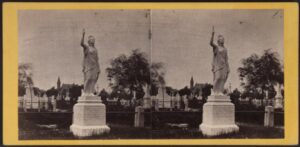
[This entry was originally posted to DHUM 70002 Digital Humanities: Methods and Practices (Spring 2021) in Project Proposal and tagged mapping cemeteries, project proposal on February 23, 2021.]
